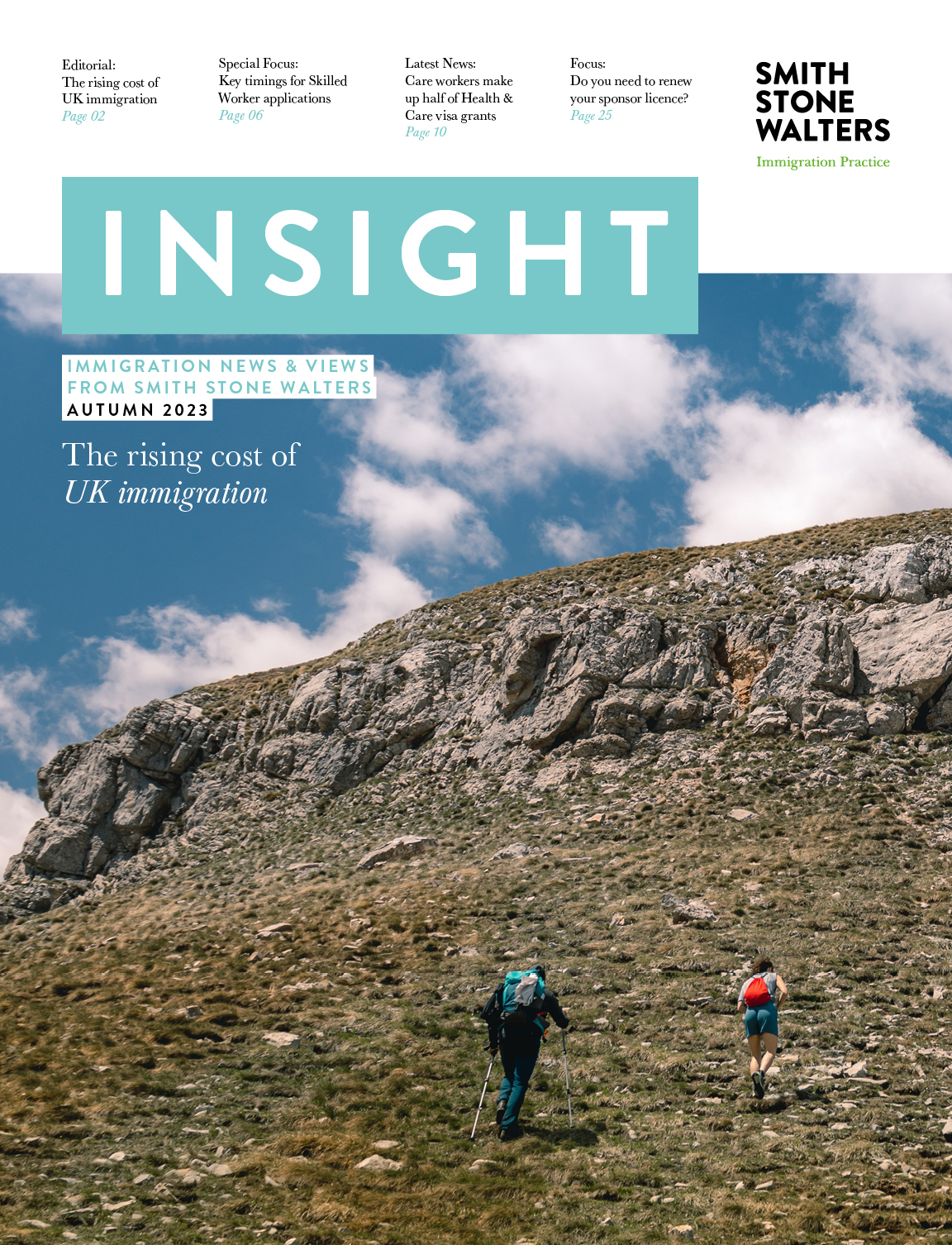Schengen anniversary marks 35 years of free movement
14 June 2020 marked the 35th anniversary of the Schengen Agreement, a treaty which led to the formation of Europe’s Schengen Area in which internal border checks have largely been abolished.
On 14 June 1985, five European countries met near the town of Schengen, Luxembourg, and signed a free movement agreement which would see the gradual lifting of passport checks and other types of border control at their mutual borders.
The borderless zone was promoted to facilitate human mobility and improve domestic economies by allowing the relative free movement of people and goods across the area’s internal borders.
Today, the Schengen Area comprises 26 European countries: Austria, Belgium, Czech Republic, Denmark, Estonia, Finland, France, Germany, Greece, Hungary, Iceland, Italy, Latvia, Liechtenstein, Lithuania, Luxembourg, Malta, Netherlands, Norway, Poland, Portugal, Slovakia, Slovenia, Spain, Sweden, and Switzerland.
Impact of COVID-19 on free movement
Ironically, the 35th anniversary of the agreement falls at a time where movement within the Schengen area is largely limited.
The impact of COVID-19 led to the closure of internal borders in the Schengen area on 17 March 2020, in a bid to prevent the spread of the virus.
Three months later however, as governments begin to gradually lift lockdown measures, Europe is now beginning to see travel restrictions easing at internal borders once again.
Currently, most countries are maintaining an essential travel only approach, although essential workers, cross-border workers and those with proof of employment in their destination country are now being granted entry.
The Schengen Visa
A Schengen visa is a short stay visa allowing its holder to travel easily within the 26 countries in the Schengen area.
Currently, there is a list of 105 non-EU countries whose citizens require a visa if they wish to travel to the EU. Obtaining a Schengen visa is the best way for such citizens to travel across multiple countries on a single permit.
Looking to send Tier 2 workers to Europe?
Employers applying for Tier 2 skilled work visas for overseas nationals may also wish to consider applying for a Schengen visa for the employee at the same time.
This is an ideal solution for overseas employees based in the UK whose roles may require them to travel across Europe. By submitting an application for a Schengen visa at the same time as the Tier 2 application, employers will have the flexibility and peace of mind that they can easily facilitate short notice travel to Europe for their employees.
If this solution would be of interest to your business, Smith Stone Walters would be happy to help. We offer a bespoke, twinned service and will work with you to facilitate a fast and effective delivery for each application.
Contact us today to find out more about our immigration services.










